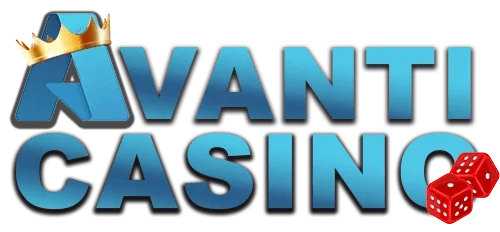As gaming evolved from isolated single-player adventures to connected global experiences, Sony’s PlayStation games played a critical role in shaping the future of multiplayer and cross-platform connectivity. Once dominated seduniatoto by console exclusivity and closed systems, the gaming landscape has since embraced cross-play, transforming how players interact across platforms—and PlayStation has both adapted and led this change in several key ways.
Initially, PlayStation’s online ecosystem was closed off, especially compared to PC and Xbox Live. But as competitive and cooperative online play became central to modern gaming, PlayStation began expanding its infrastructure. Titles like Fortnite, Rocket League, and Call of Duty: Warzone ushered in an era where PlayStation users could compete and team up with players on other platforms.
This shift helped redefine what makes the best games in today’s market. It’s not just about solo experiences anymore—community interaction, cross-progression, and shared ecosystems now play a major role. For instance, Minecraft allowed PS4 players to join realms and servers with Xbox and Switch users, opening new social opportunities and expanding the creative potential of the game.
The PSP didn’t benefit from cross-platform play due to technological limitations, but it laid the foundation for networked gaming on the go. Ad-hoc multiplayer titles like Monster Hunter Freedom Unite encouraged localized social play long before Wi-Fi-enabled handhelds became common. This early encouragement of connected experiences helped set expectations for portable multiplayer.
PlayStation’s gradual acceptance of cross-platform integration not only strengthened player communities but also reinforced the longevity of key titles. Today, the best PlayStation games aren’t just beautifully designed—they’re inclusive, interconnected, and increasingly universal, building bridges between players worldwide.
